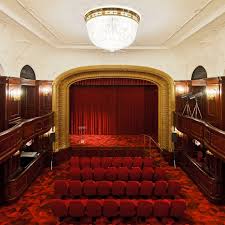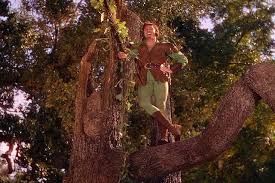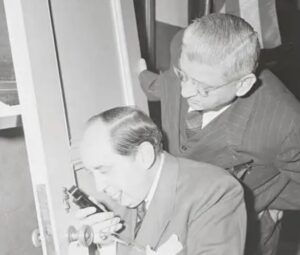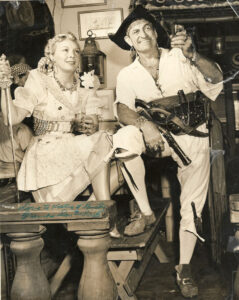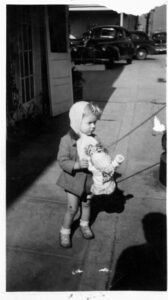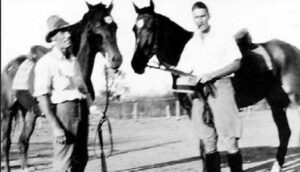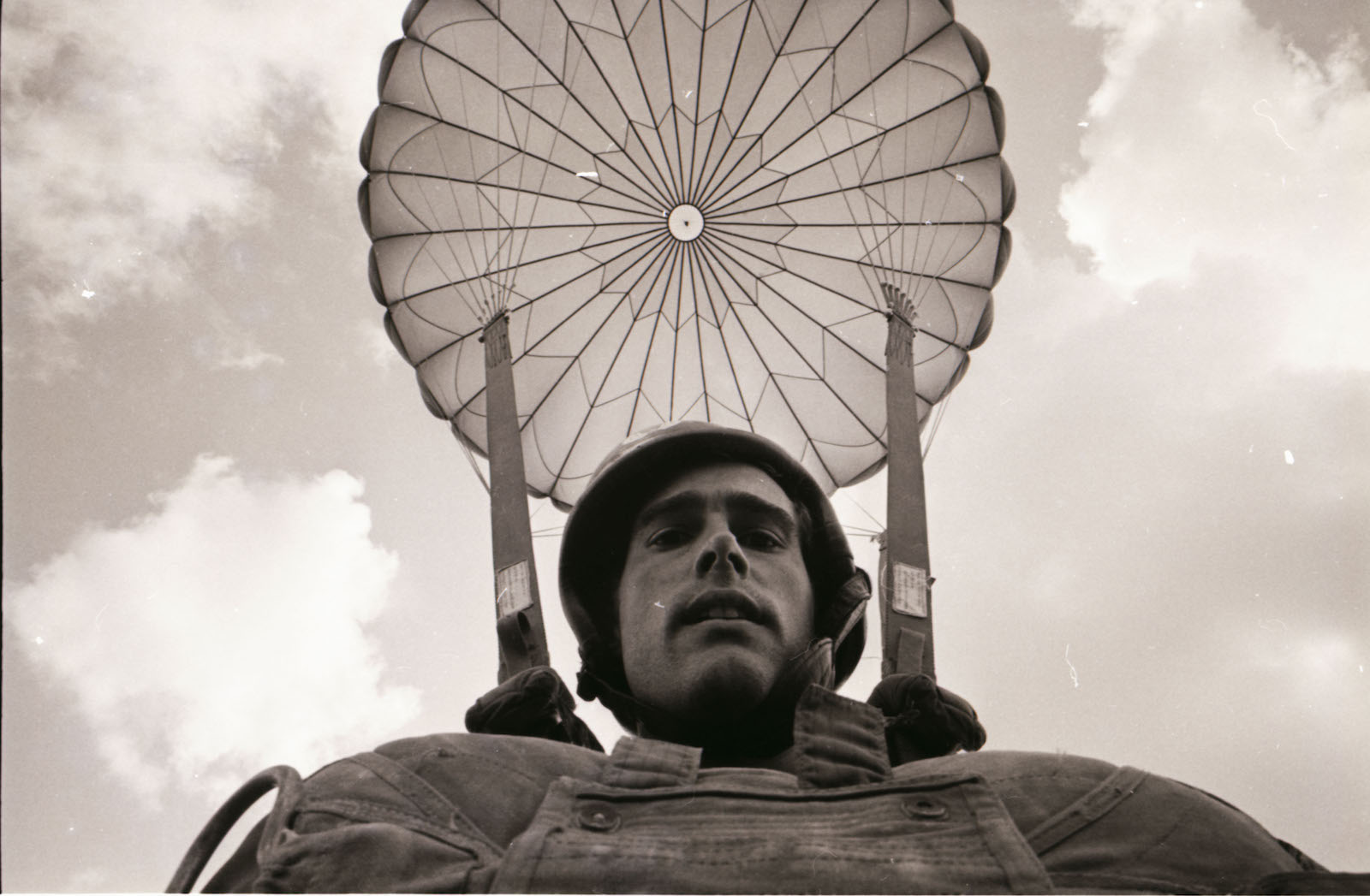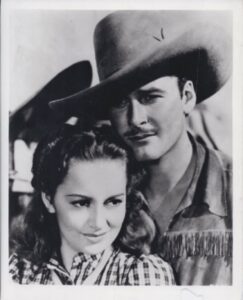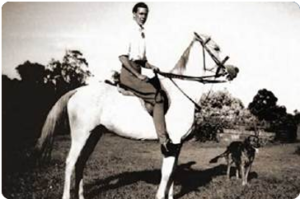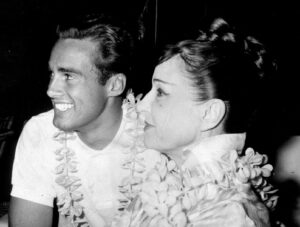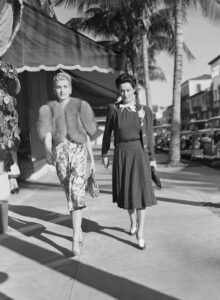Leicas have a value that never diminishes. Their provenance and limited editions are a prized gold standard, their value magnified even more if they are known to have created a certain iconic image or if they have an interesting history.
American actor and photographer Sean Flynn’s Leica M2 was purchased in Spain, where he was starring at the time in B grade spaghetti westerns. It was his camera of choice when commissioned by Paris Match magazine to shoot a three-month stint in Vietnam in 1966.
Five decades on, that camera, along with the contact sheets from those shoots, have only just re-emerged, bringing with them a kaleidoscope of haunting memories.
In 1967, after a particularly fraught day up on the demilitarized zone (DMZ) being hit by North Vietnamese and friendly fire, we both promised that if we survived we would be out of there.
We arrived back in the world just in time for the Six-Day War. The camera went to Suez, Sean shooting from the Israeli side and me from the Arab side. His pictures were of Arab soldiers surrendering and mine of Bedouins forced from their homes into dry, stony, inhospitable refugee camps.
We wound down in France, hanging out with The Living Theatre, who were performing Pablo Picasso’s play Desire Caught by the Tail, jazz fusion band The Soft Machine and performance artists Ultra Violet, Taylor Mead and Jean-Jacques Lebel.
After watching images of the 1968 Tet Offensive on television, we broke our promise and, as Mike Herr would later write in Dispatches, were drawn back to Vietnam like junkie moths to a flame.
Sean’s return to ‘Nam took the camera further afield than before. It made it to Angkor Wat, to Bali, president Richard Nixon’s visit to Indonesia and then into the remote highlands of Papua, following in the footsteps of his father, the late swashbuckling actor Errol Flynn.
But for all that, he didn’t have it on him when he and Columbia Broadcasting System (CBS) cameraman Dana Stone, both aboard scrambler motorcycles, vanished forever on the Vietnam-Cambodia border on April 6, 1970.
It is hard to believe that it’s now more than 50 years ago that we sat around stoned on marijuana in my air-conditioned room at “Frankie’s House,” the address we shared in wartime Saigon, performing what we called “arts and crafts.” In reality, arts and crafts was about assembling the photographic gear we needed to pass muster in the field.
Sean had decamped from the Hotel Royal to Frankie’s after we first met at the “Five O’clock Follies,” the Military Assistance Command of Vietnam’s daily briefing.
We had a couple of cold ones on the Continental Shelf, the iconic open-air bar at the Continental Hotel, and drove back to the four-story house at 47 Bui Thi Xuan for a night of passing the pipe.
Sean moved in the next day to my old room on the top floor. The house was home to a tight-knit band of brothers, all photographers or reporters working for United Press International and various television outlets. As folks rotated home, the longer-stayers graduated to a better room.
Frankie was in fact Tran Ky, a married Vietnamese draft dodger who was our live-in domestic and procurer of all necessities. His job, among other things, was to replenish the joints in the sandalwood box that had been gifted to the house by Look magazine’s Sam Castan, killed in the Central Highlands in 1966.
Working in the field was a roulette of choice, from the Mekong Delta to the DMZ. American, Korean, Australian or South Vietnamese Army (ARVN) operations on land and sea or in the air, often all three on one sortie. Sean and I both liked to hang out with special operations units that pushed the edge and took the fight to the enemy.
Vietnam was the first uncensored war, the first television war, the first war of the freelancer and the photo agency. And the first war America would lose.
We would drop in on medevac and resupply runs, ride the back seat of F4 Phantoms or descend by helicopter into a hot landing zone, green tracers lancing at us out of the jungle.
Your raison d’être was around your neck, your camera or cameras. Your mission was to document history in the raw, to bring home the unalienable truth and reality of whatever was the most profane and horrific you had ever witnessed.
You were not there as a medic, radioman, machine-gunner or officer, you were just there to make photographs.
Spasmodically, you would have to use other self-survival skill sets when the shit really hit the fan and your neutral role was discarded.
Sean found himself in that position more than what was normal. He had been a white hunter in Africa and a gun buff since he was a teenager. He was a good shot and initially went the military way before finding a Dao Buddhist path to realization in Bali.
It was a hard war to leave, a constant thrill surrounded by a coterie of brothers, bonded by experience and the heady rush of revolution and rock and roll that was the 1960s. There was nothing back in the world to match it.
You also made better and better images, understood how things were and what to do, whom to focus on. Almost like a snapper at a sports match.
But the conflict took its toll. Given 20 minutes to live after being caught in a landmine blast near Tay Ninh in 1969, I somehow survived.
While recovering from yet another surgery a year later as the first foreign civilian to be admitted to Washington’s Walter Reed Hospital, I heard that Sean and Dana had gone missing on Route One in Cambodia, close to where it crosses the Vietnamese border.
In the space of two weeks, 10 of our brothers were captured or killed on that same stretch of highway by combined Viet Cong and Khmer Rouge units.
Not a single body has ever been found in a zone that now lay in the path of a mega US-ARVN) incursion into North Vietnamese bases in neutral Cambodia.
My personal search for Sean and Dana has now gone on for 48 years, all the while assembling bits of information from the memories of old villagers, past interrogations of prisoners and official excavations. Back in 1990, we believed that we had at last found the remains of my missing friends.
But 15 years later, new DNA testing by Hawaii’s Joint Prisoners of War, Missing in Action Accounting Command discovered they belonged, ironically, to two peaceniks who had hijacked a ship full of napalm and ammunition into the Cambodian port of Sihanoukville. Like Sean and Dana, one was tall and the other short.
The search continued and became the genesis for a memorial for all the fallen media on both sides of the Indochina War. A book and exhibition called Requiem (Hoi Nhiem in Vietnamese) displayed the frames by our dead and missing comrades.
The exhibit still resides at the War Remnants Museum in Ho Chi Minh City, the renamed Saigon, and rates as one of the most visited tourist sites, even if the Vietnamese themselves hardly ever mention the war.
When Sean and Dana disappeared on Route One, 6 kilometers east of Chi Pou, Sean was packing his Nikons, one a trusty F200 F4. Dana was shooting for CBS on a small hand-held film camera that allowed for freedom of movement.
Eventually, John Steinbeck IV took Sean’s belongings from our old Tu Do flat back to Paris. Sean’s half-sister, Rory, put the Leica, still field-cruddy, into a safe where it remained until she recently decided to place it in a collection.
This is where it started to turn weird. I got a call from Ho Chi Minh City. On the other end of the line was an Australian who had gotten my number from another old Saigon bureau survivor, Frank Palmos, author of Ridding the Devils.
A film director and also a collector of vintage camera equipment, much of it from the Vietnam War era, the new owner wanted to know if the camera he had acquired was the real thing before money actually changed hands.
He knew it was for real because he had already bought it. But as Henri Thoreau would say in Walden Pond, “You only ask a question when you need reassurance.”
He wanted me to hold it and really check it out. Was there a roll of film inside? No. Did it still work? Yes. Could I shoot a roll of Tri-X and re-christen it? Yes, yes, yes. It was Tet and Christmas rolled into one.
Miraculously, some years ago, a parcel turned up from Atlanta. A lawyer had been at a car-trunk sale and found a Hasselblad camera bag with Sean’s name inside it, along with a plane ticket and other bits and pieces.
An amazing gift, it arrived with a card saying, “I thought this bag had one more journey to make.”
Now, we are hoping to reunite camera, lens and bag in an exhibition beneath Sean’s iconic frames in both Hanoi and Ho Chi Minh City. Alongside will be Indochina Media Memorial Fund workshops to honor our long-lost colleagues.
Sean would have one helluva grin on that lean handsome face I still remember so well.
Dear Flynnstones,
the late Tim Page wrote this ultimate tribute to his friend Sean on March 31,2018.
Enjoy,


